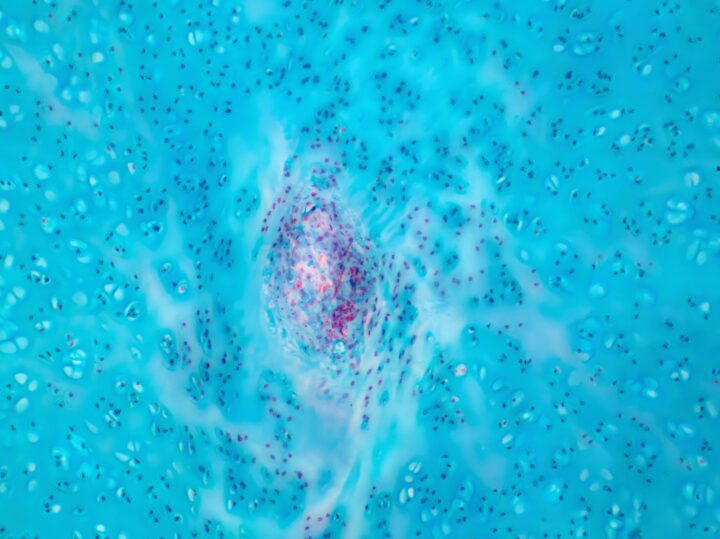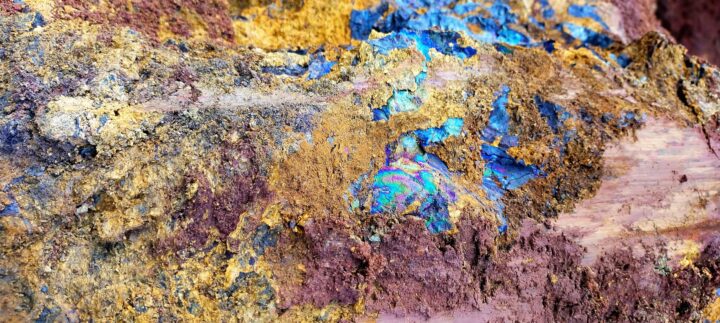Dye-Sensitized Solar Cells use non-toxic materials to convert light to electricity.
Benefits
- Reduced costs
- Non-toxic
- Reduced energy usage
Applications
- Industrial and residential energy generation
UN Sustainable Development Goals Addressed
-

Goal 7: Affordable & Clean Energy
The Challenge
Although solar energy is a progressive, sustainable approach to energy generation, the production of solar panels can generate toxic byproducts such as silicon tetrachloride, nanoparticles, and hexafluoride. These toxins can be very dangerous to human health. Additionally, in the manufacturing of most solar cells, silica (SiO2) must be heavily heated to separate the silicon from oxygen, which is an energy-intensive process.
Innovation Details
Dye-Sensitized Solar Cells (DSSCs) contain a porous layer of titanium dioxide nanoparticles covered in a dye that absorbs incoming photons from the sun, similar to the way plants absorb light for . The excited electrons in the dye are then collected for powering a load. An electrolyte solution replaces lost electrons back to the absorbent dye so the cycle can continue. DSSCs are generally considered much more environmentally benign to produce than conventional solar cells because they use relatively non-toxic materials that require little energy to manufacture. They are also able to produce the same amount of energy as a silicon-based solar cell while reducing their life-cycle environmental impact.
Biological Model
Photosynthesis is essential for life on Earth. It is the process by which plants produce energy and oxygen using just sunlight, water, and carbon dioxide.







